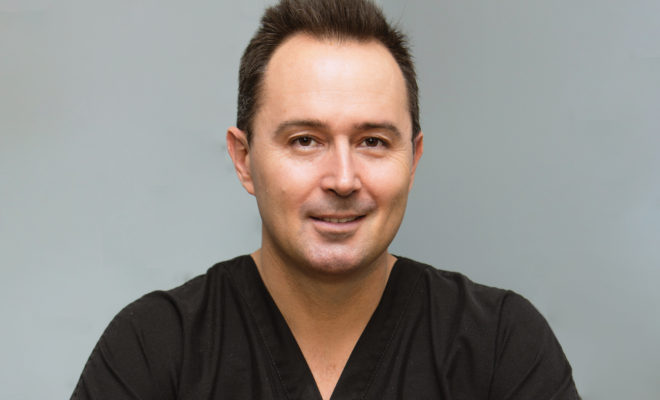
Health & Wellness
InHealth: What is Chronic Venous Insufficiency?
By Federico Richter MD. RPhS. DABVLM
Chronic venous disease is a common disorder that affects the veins of the legs. Roughly 25 million people suffer from venous disease in the United States. For years, varicose veins and spider veins remained on the medical back burner, receiving little to no attention for all but the severe cases. This was partly because the available treatments were mostly invasive and did not seem to be justified unless the condition was so severe that it threatened one’s quality of life.
These veins carry blood from the legs to the heart. Normal veins have a series of one-way valves that open and close to direct blood flow from the surface of the legs to the deep leg veins from which calf muscles pump blood back to the heart. The valves also control the pressure in smaller veins on the surface of the legs.
In chronic venous insufficiency, vein walls weaken and valves are damaged, causing blood to pool in the legs.
The condition is usually hereditary and can occur as a result of a lack of exercise or prolonged sitting or standing. Other causes include a blood clot in a deep vein of the legs, called deep vein thrombosis; or inflammation of the veins, called phlebitis. These conditions can block valves or weaken veins.
Certain risk factors increase the likelihood of developing chronic venous insufficiency. These include obesity and pregnancy, both of which can restrict blood flow in the legs.
People who have a sedentary lifestyle, smoke, and who sit for prolonged periods, which can reduce blood flow in the legs, are at risk. The condition is more common in women age 50 and older but it can also affect men.
Symptoms of chronic venous insufficiency include swelling, aching, and cramping in one or both legs. People with this condition may have reddish or brown areas on the skin, scaly or leathery skin, and varicose veins.
Left untreated, the condition can lead to disabling pain and open sores or leg ulcers, especially around the inside of the ankles.
Modern vein treatments are simple procedures that are performed in an office setting with little to no down time. It is easier and less traumatic to treat vein issues when they are in an earlier stage than to treat the more serious problem, such as chronic venous insufficiency that have developed over time.
Finding the right vein specialist (Phlebologist) who focuses and dedicates full time to treating patients with venous disorders will help get this chronic disease controlled. It is very important to find a Phlebologist whom you can trust and with whom you can communicate. This is why I belief that a single procedure can cure vein problems or prevent them from recurring is, unfortunately, unjustified. Vein disease is a lifelong problem and can be improved only with a long-term strategy that includes treatments when it is necessary and management of conservative measures in between those times.
Federico Richter MD. RPhS. DABVLM
Florida Vein Center
6050-A 53rd Ave E
Bradenton, FL 34203
941.907.3400
www.floridaveincenter.com



You must be logged in to post a comment Login